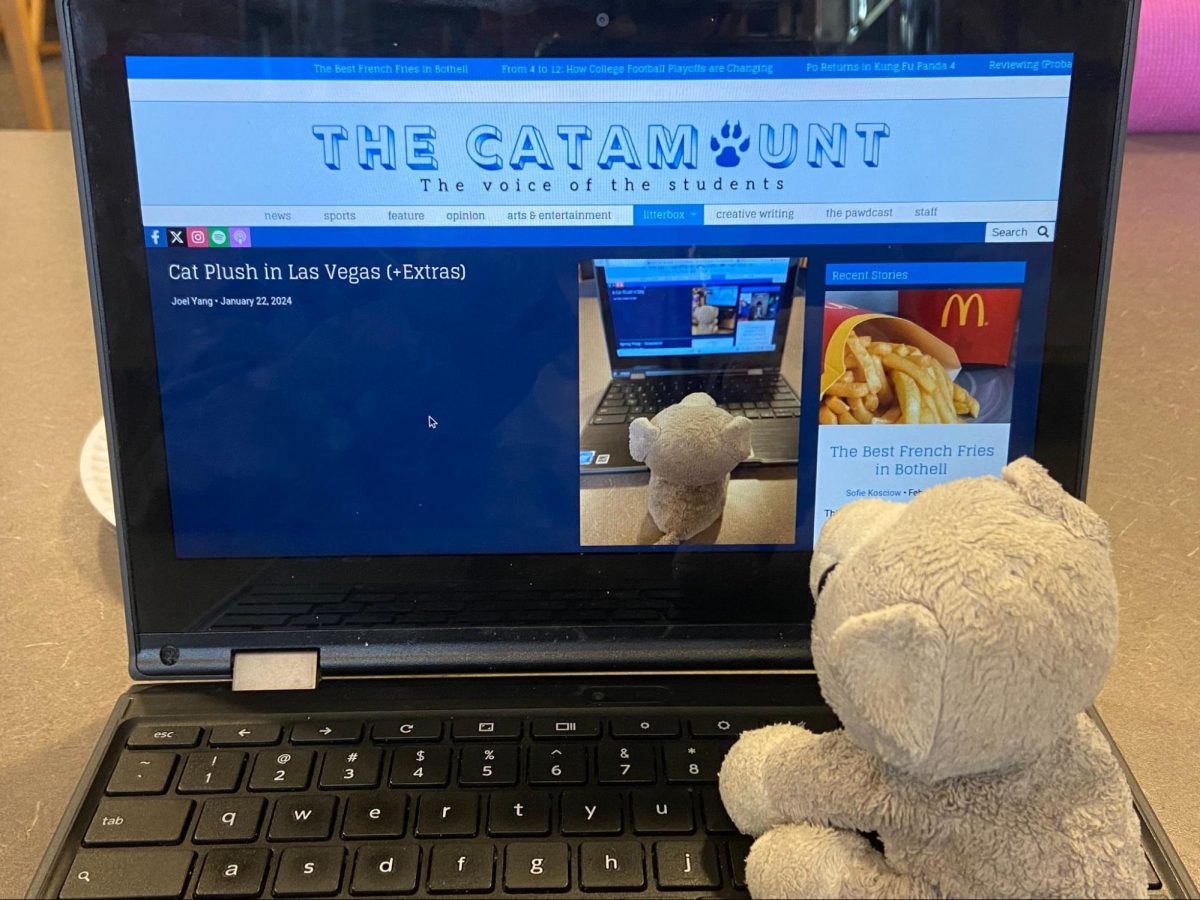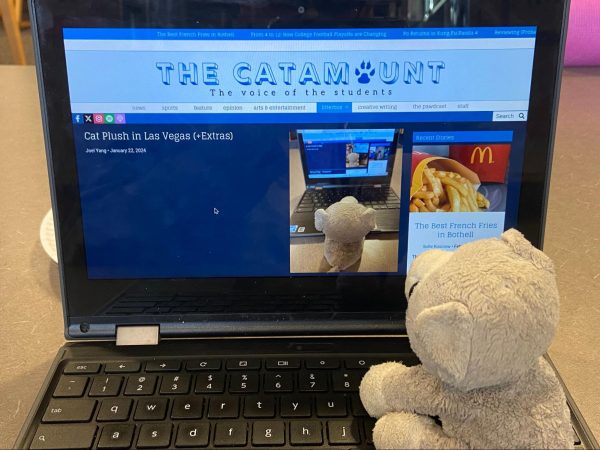Does ‘fake news’ threaten democracy?
What is fake news and how does it affect us?
December 30, 2018
“Fake news,” in its various forms, is not journalism. Fake news, a term that has been used quite frequently lately, is a form of yellow journalism. Yellow journalism started as exaggerated or sometimes completely false news about the Spanish American War in the late nineteenth century. Today, fake news stories cause confusion and panic, as proven by the very real consequences that have occurred.
In 2016, a man from North Carolina walked into a pizza parlor in Washington D.C. in order to “self-investigate” a claim he found online. According to npr.org, this man believed the conspiracies that this restaurant was the “the site of an international Satanic child sex abuse cabal,” and fired his weapon at the site. While no one was injured and the man himself surrendered, this story may demonstrate the power of influence and fear that fake news possesses.
Even opinionated and editorialized articles pose a threat to consumers of information. Companies and political organizations present a biased viewpoint, and while each person is entitled to their own opinion, their audience’s have a right to understand what they are reading, watching, and learning.
There are multiple forms of fake news that we all need to be aware of in order to be properly informed. According to Penn State Libraries, there are satires (intentionally ironic or humorous articles that report false information), biases (articles with a particular opinions or viewpoints that are reported on as facts), clickbait (strategically placed links to “generally credible content,” but attract readers using exaggerated or misleading headlines and photos), etc.
You can check facts using websites like snopes.com, or even by tracing facts back to their source. As students and young people, it is important to be properly informed and fairly educate others as well.













